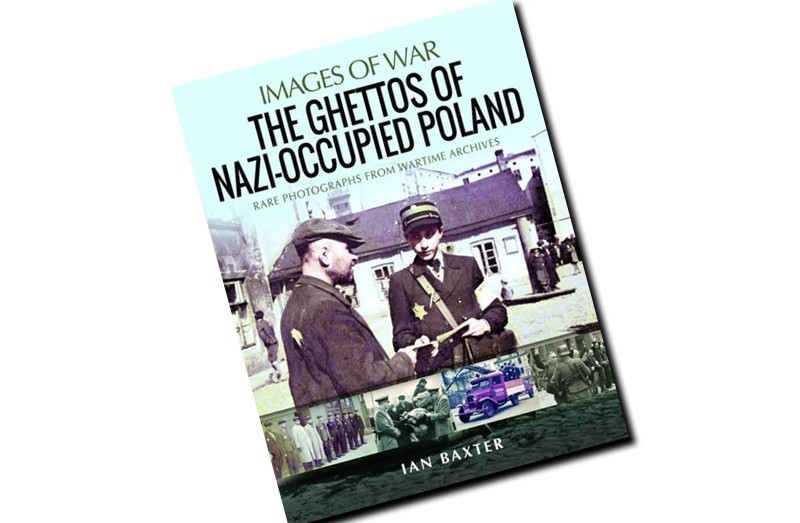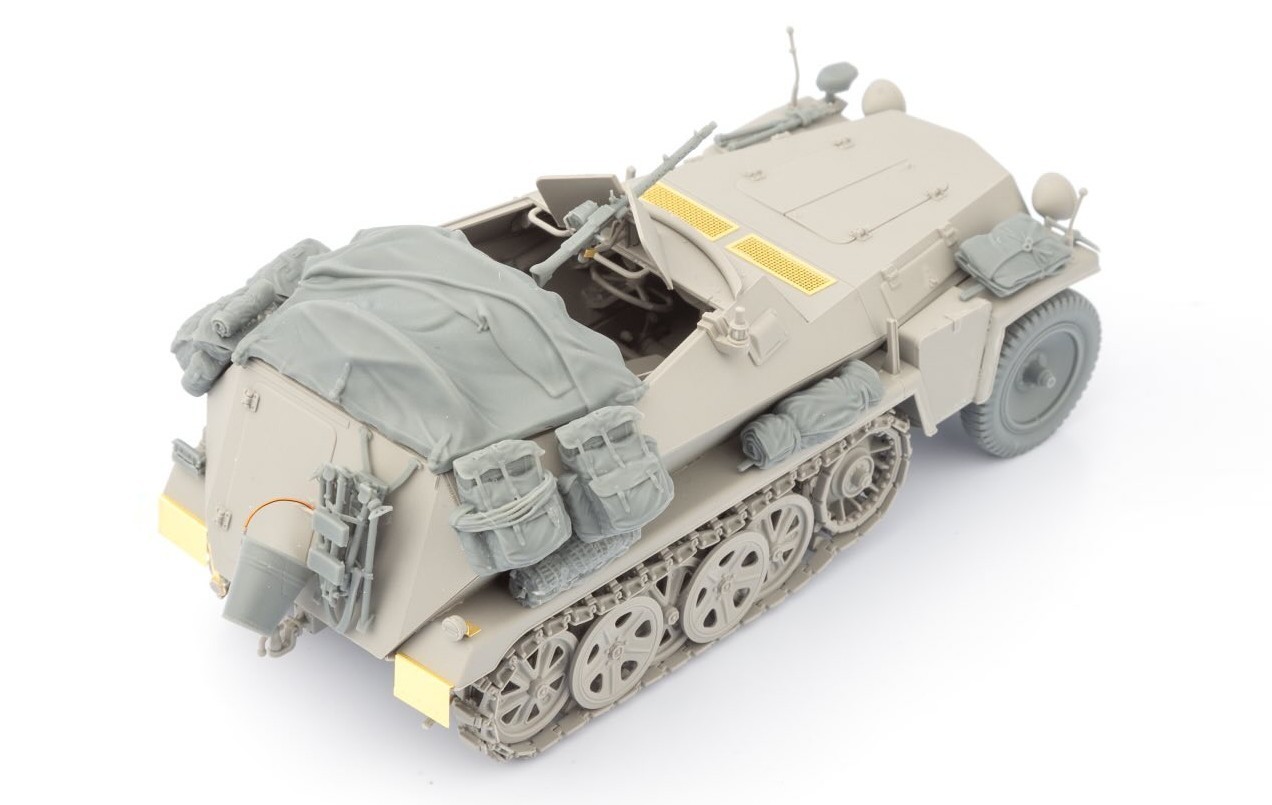
Introduction
The following introduction is as supplied by Pen and Sword:
Following the 1940 invasion of Poland, the Nazis established ghettos in cities and towns across the country with the initial aim of segregating and isolating the Jewish community. These closed sectors were referred to as Judischer Wohnbezirk or Wohngebiet der Juden (Jewish Quarters).
Using contemporary images this well researched and inevitably harrowing book shows the harsh and deteriorating conditions of daily life in these restricted areas. In reality the ghettos were holding areas priorto the transportation to concentration, extermination and work camps, such as Auschwitz-Birkenau and Belzec. Aware of their imminent fate including the threat of family separation, enslavement and death, underground resistance groups sprung up and promoted numerous uprisings which were brutally and callously suppressed.
The Nazis’ ultimate aim was the liquidation of the ghettos and the extermination of their inhabitants in furtherance of The Final Solution. This may seem unthinkable today but, as this book graphically reveals, they worked to achieve their objective regardless of human suffering.
Review
This offering from Pen and Sword is authored by Ian Baxter; Ian Baxter has authored 35 of the titles in this series and is at home covering Axis forces and has a number of titles looking at the ghettos and camps set up for the final solution. This is a soft backed book with a good card cover protecting 127 pages of semi gloss paper. The contents of this title are laid out as follows:
Preface
Historical Background
Chapter 1 - Ghettoization
Chapter 2 – Life in the Ghettos
Chapter 3 – Liquidation of the Ghettos
Chapter 4 – The Warsaw Uprising
The Aftermath
Appendix I – List of Polish Ghettos
Appendix II – Reserve Police Battalion 101
This offering from Pen and Sword as part of the Images of War series covers a subject that I personally would not model and so have no need for visual reference; with that said we all need to remember what occurred in the occupied Europe during World War 2 while Germany considered its final solution. This book provides a limited amount of dedicated written text on the subject, but does provide what I would term a good background to the books contents. While this is not the usual sort of title I would cover on a modelling site I feel it is important that books covering this aspect of history are continually placed before people.
It is of course the photographs that are the heart of these titles and they present you with the scenes of life and it slow value at this time in these places. The photographs are each accompanied with a caption that varies in length and information; some provide a great deal of information which makes you wonder about the source. It needs to be remembered that the photographs represent some awful scenes and vary in quality, but they bring the history to life in unexpected ways.
The contents of this offering covers a wide number of aspects of life and death in the ghettos of Poland, and one aspect that really stood out to me was how you can see smiling faces in some pictures with death and destruction at the other. There are some colour images in the centre of the book that imprinted on my mind despite not having particularly distressing content. Photographs of German police shooting woman and children in the midst of naked corpses having survived the initial gunfire are particularly distressing as you wonder how someone could shoot a child and why would photographs of the act be wanted!
Conclusion
This offering from Pen and Sword as part of the Images of War series is not a reference title I will ever use I feel, but the content is one with such a high impact it is worthy of adding to your library. It provides imagery that people today and ongoing should never forget or that are not impacted by them.



























